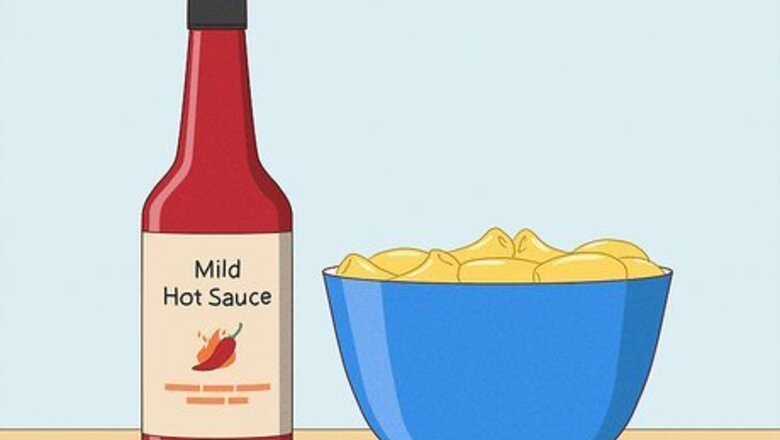
views
- To raise your spice tolerance, start with mildly spicy foods and slowly work your way up to hotter foods.
- Eat spicy foods each week and try a variety of different peppers, spices, and cuisines.
- To cool down your mouth, drink milk or eat something with butter or cheese in it. The fat and protein will neutralize the heat.
Start small with mildly spicy food.
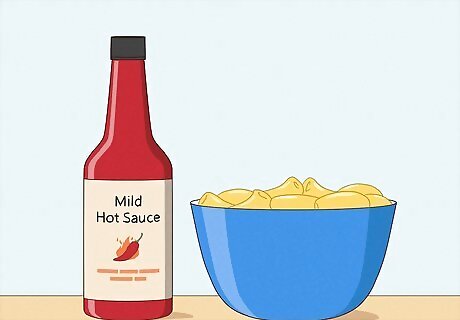
Start out by adding a dash of mild hot sauce to your mac and cheese or mixing in a pinch of red pepper flakes with your pasta. Not only are you going to enjoy your food more if you can actually taste it, but you’ll also get your tongue used to the sensation. Dishes like jerk chicken, mild curry, and gumbo are great if you’re trying to expand your culinary horizons. Spicy mustard is a great way to inject some mild spice into a dish. For a quick dash of heat, try some spicy Mexican or Indian candy. If you’re scouting out new hot sauces, look for labels with “mild” printed on them. If they list the Scoville units/SHU (the unit of measurement for spice), look for something around 450 SHU. For reference, a standard jalapeno pepper has between 2,500 and 8,000 SHU.
Eat something spicy every week.
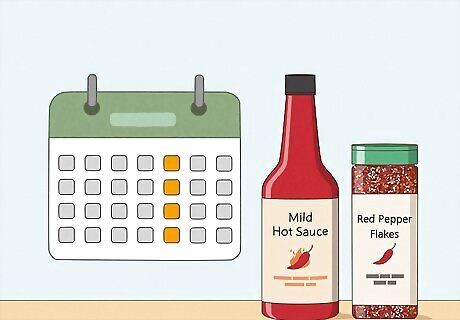
As you expose yourself to the spice, your tongue gets used to the sensation, and the flavors of each dish will start to become more dynamic. If you keep at it, those mildly spicy foods will eventually taste like nothing, and moderately spicy food will start to taste mild. Try to eat something spicy at least once a week. It takes time to build up a tolerance to spicy food, so be patient! The chemical responsible for the heat in spicy food is called capsaicin. The same way that your body builds a tolerance to things like alcohol and caffeine, it can build a tolerance to capsaicin.
Increase the heat over time.
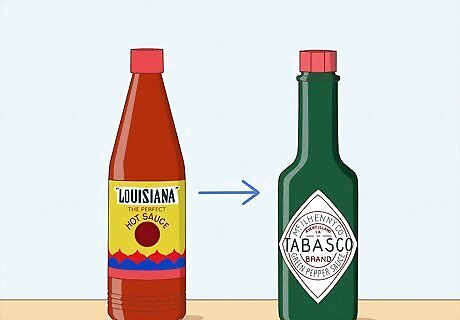
Switch out the Original Louisiana Hot Sauce for some Tabasco Green Sauce, and order your food with “medium” heat when you go out. If you’re cooking, start with pepperoncini and poblanos before moving on to jalapeno and serrano peppers. This way, you’ll build your tolerance up over time. Once you’re ready for the really spicy peppers, look for habanero, Scotch bonnet, or ghost peppers.
Eat different kinds of spicy food.
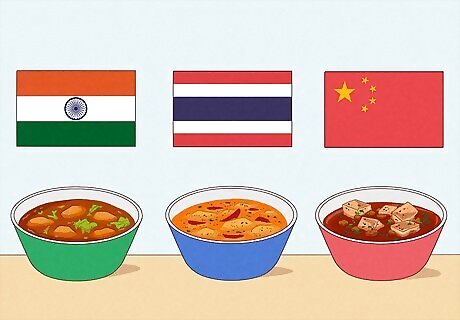
Indian, Thai, Chinese, and Jamaican cuisines (among many others) are known for their famously spicy dishes like chicken vindaloo, Thai curry, mapo tofu, and jerk chicken. Mixing and matching different types of spicy foods can help diversify your palate and boost your tolerance to spicy food in the process.
Go out with friends who like spicy food.
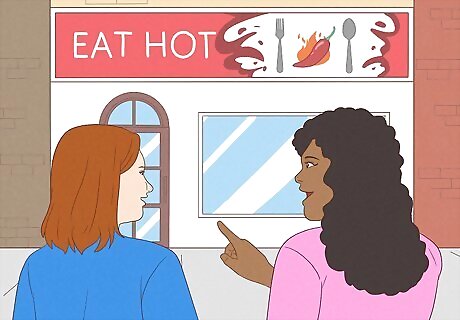
Head to a restaurant or cafe that serves a variety of spicy dishes (like chicken wings), or get takeout from a cuisine that’s known for your spicy food. Your pals can hype you up as you give new foods a try while also offering some tips on how they handle the heat.
Drink milk to stop the spice in its tracks.

This has been proven time and time again in medical studies, so pour yourself a tall glass of milk if you’re sitting down with some friends to enjoy something super spicy. Every few bites or so, take a sip. This will dramatically cut back on the amount of heat you experience, as the fat and protein in milk will neutralize the spice in your food. A dollop of sour cream can also help if you’re eating some spicy chili or tacos. Skim milk is just as good as whole milk when it comes to taming the heat.
Drink ice water or acidic drinks if you have no milk.

A regular glass of water isn’t going to do anything to help with the heat. In fact, it may make the burning feeling worse. This happens because the water spreads the capsaicin around in your mouth. If you have to drink water, put ice in it to at least numb your mouth. Alternatively, sipping something acidic may soothe your pain. Lemonade, orange juice, or tomato juice will all work. Alcohol may help dissolve some of the capsaicin, but you need to consume a lot to really feel the benefits, which isn’t ideal. Acidic ingredients will also help cut through the spice and cool you off. If your tacos come with a few lime wedges, add them to your dish.
Snack on something rough while you eat.
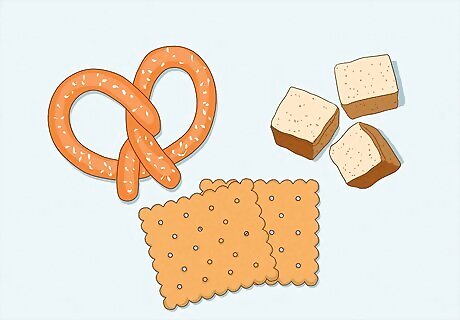
In between bites of chicken vindaloo or spicy meatball, take a bite of a pretzel, cracker, or crouton. It won’t do a ton to fight the capsaicin per se, but it will give your tongue something different to focus on. This can have a tremendous impact if you’re feeling the heat. Something crunchy and acidic, like a cherry tomato, may help as well.
Get something starchy along with your spice.
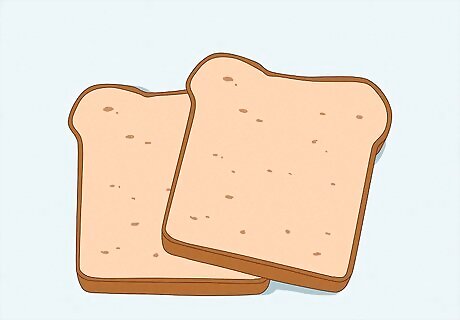
Starchy carbohydrates will also create a barrier that makes it harder for the capsaicin to dig into your taste buds. Keep a slice of bread next to your glass of milk if you know you’re going to eat something extremely spicy. Don’t skip the naan bread or rice when you’re digging into some chicken tikka masala, and turn that spicy burrito bowl into a regular burrito with a tortilla. Spicy Indian and Chinese food comes with rice for a reason—the texture and starch can dramatically cut back on your heat.
Breathe through your mouth while you eat.
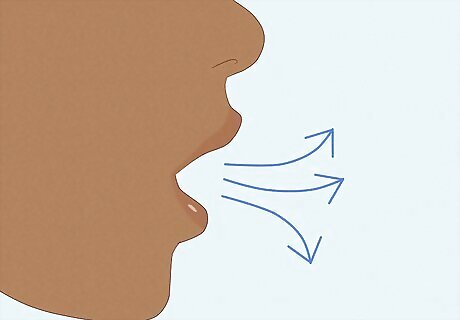
If you clamp down tight and try to grit your teeth through the pain, you’re only going to make it worse. Exhale slowly to cool your mouth out and do your best not to blow air all over the person sitting across from you. This is one of those little things that most people don’t think about, but it can really make a world of difference. This can also help on a psychological level. If you’re really in pain, picture yourself literally blowing the pepper flakes into the air. The visualization may help take the edge off.
Consume something buttery or cheesy to cool your stomach.

After you finish your dish, snack on a few cubes of cheese or have a yogurt. A cool bowl of ice cream may be the perfect dessert if you’re still tearing up from the spice. Some buttery popcorn or buttered toast may also help if you prefer starches to dairy. Something like cheesecake is a great option if you’re trying to hit all of your marks. It’s got plenty of saturated fat, some starch, and a large dose of dairy.
Take an antacid with spicy food.

If you are heading out on the town with some friends to grab some spicy food, bring an antacid with you to keep your stomach from being turned upside down. If your stomach isn’t feeling great after the fact, simply take an antacid to help cool things down. Don’t overdo it with the antacids. It’s fine to take an antacid every now and then, but taking them too often can affect your blood-calcium level.
Wait 15-20 minutes for the pain to vanish.

If your mouth is on fire, just remind yourself that this feeling isn’t going to last forever. A large part of handling spicy food is having the mental fortitude to fight through it. If you’re reading this after eating something extremely spicy and wondering how you could ever adapt to this feeling, come back after 15 minutes to see how you feel then! While it may be rough on your stomach if you have a preexisting condition, like IBS, you aren’t in any serious danger if you’ve eaten something spicy. If you’re freaking out a bit right now, just take a deep breath. You’ll feel better soon.













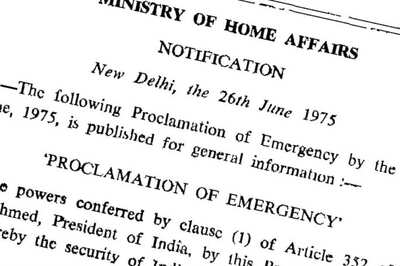





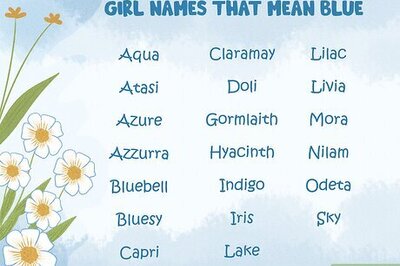
Comments
0 comment